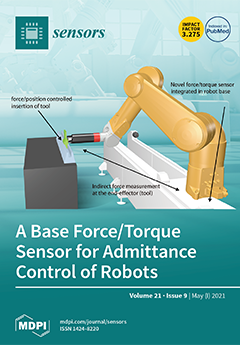In the last ten years, supported by the advances in technologies for unmanned aerial vehicles (UAVs), UAVs have developed rapidly and are utilized for a wide range of applications. To operate UAVs safely, by exchanging control packets continuously, operators should be able to
[...] Read more.
In the last ten years, supported by the advances in technologies for unmanned aerial vehicles (UAVs), UAVs have developed rapidly and are utilized for a wide range of applications. To operate UAVs safely, by exchanging control packets continuously, operators should be able to monitor UAVs in real-time and deal with any problems immediately. However, due to any networking problems or unstable wireless communications, control packets can be lost or transmissions can be delayed, which causes the unstable drone control. To overcome this limitation, in this paper, we propose
MuTran for enabling reliable UAV control.
MuTran considers the packet type and duplicates only control packets, not data packets. After that,
MuTran transmits the original and duplicate packets through multiple protocols and paths to improve the reliability of control packet transmissions. We designed
MuTran and conducted a lot of theoretical analyses to demonstrate the validity of
MuTran and analyze it from various aspects. We implemented
MuTran on real devices and evaluated
MuTran using the devices. We conducted experiments to verify the limitations of the existing systems and demonstrate that control packets can be transmitted more stably by using
MuTran. Through the analysis and experimental results, we confirmed that
MuTran reduces the control packet transfer delay, which improves the reliability and stability of controlling UAVs.
Full article






